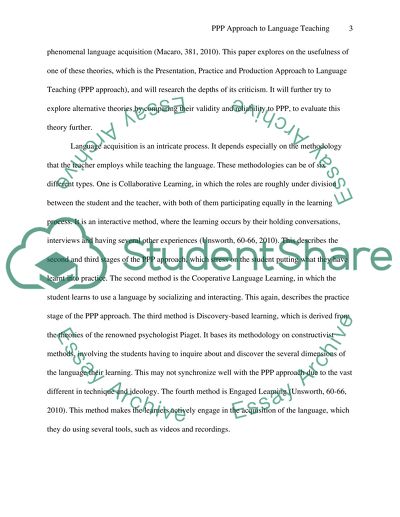Cite this document
(“PPP Approach to Language Teaching Literature review”, n.d.)
Retrieved de https://studentshare.org/english/1391561-presentationpractice-and-production-approach-to
Retrieved de https://studentshare.org/english/1391561-presentationpractice-and-production-approach-to
(PPP Approach to Language Teaching Literature Review)
https://studentshare.org/english/1391561-presentationpractice-and-production-approach-to.
https://studentshare.org/english/1391561-presentationpractice-and-production-approach-to.
“PPP Approach to Language Teaching Literature Review”, n.d. https://studentshare.org/english/1391561-presentationpractice-and-production-approach-to.


